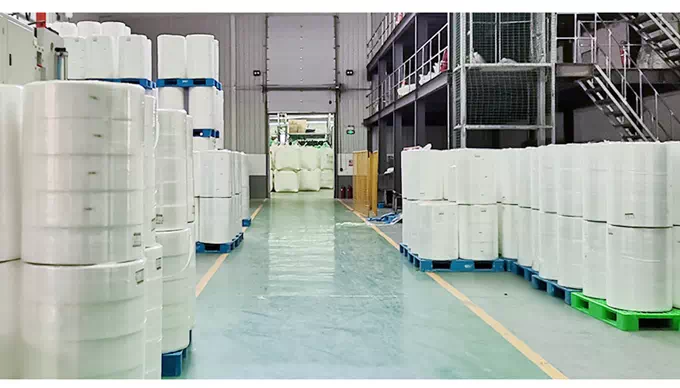Essential Raw Materials for Crafting Wet Wipes: A Comprehensive Guide
Wet wipes are widely used cleaning and care products in daily life, and their production requires a variety of key raw materials. First, the main substrate of wet wipes is non-woven fabrics. Commonly used materials include a mixture of polyester and polypropylene, which provide durability and smooth texture; cotton is soft and degradable, suitable for environmentally friendly products; rayon or viscose is widely used for its excellent water absorption and softness. Secondly, the cleaning and moisturizing solution in wet wipes usually contains purified water, mild surfactants (such as coconut glucoside), moisturizing ingredients such as glycerin or aloe vera, and preservatives (such as phenoxyethanol) to ensure product safety and extend shelf life. Finally, in order to meet different needs, wet wipes may also add antibacterial agents, soothing ingredients (such as chamomile extract) and environmentally friendly additives to enhance their functionality.

The packaging materials of wet wipes are also crucial. Common ones are plastic films and hard containers. These packaging materials can effectively keep the wet wipes moist and easy to use. In addition, adhesives and seals are also widely used to ensure that the wet wipes can be sealed and kept fresh during the packaging process. The rational selection and combination of these raw materials ensures the balance between performance, cost and environmental friendliness of wet wipes products.
As consumers’ demand for environmentally friendly and skin-friendly products increases, manufacturers pay more and more attention to the selection of biodegradable and mild raw materials to meet the market’s demand for sustainable and sensitive skin care products. Through scientific formulas and raw material combinations, wet wipes products can maintain their convenience and efficiency and become an indispensable part of modern life.

